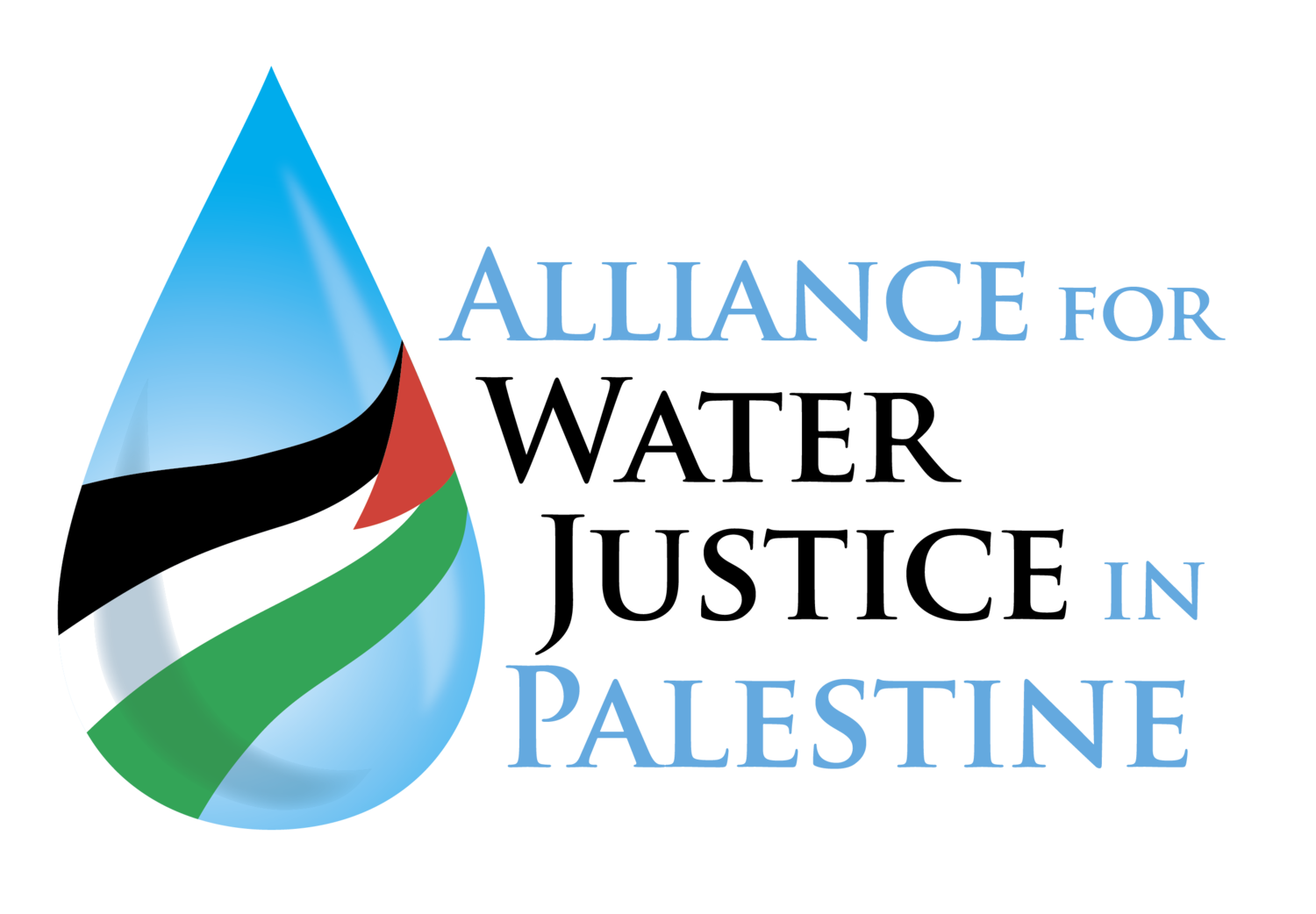Key points
The time between the afternoon of 3 December to the afternoon of 4 December saw some of the heaviest shelling in Gaza so far, with at least 349 Palestinians killed and 750 injured, according to the Ministry of Health (MoH) in Gaza, and three Israeli soldiers killed, according to Israeli sources. Israeli bombardments from air, land, and sea across Gaza, as well as ground operations and fighting significantly intensified, while the firing of rockets by Palestinian armed groups to Israel continued.
On 4 December, 100 aid trucks carrying humanitarian supplies and 69,000 litres of fuel entered from Egypt into Gaza, about the same as the previous day. This is well below the daily average of 170 trucks and 110,000 litres of fuel that had entered during the humanitarian pause implemented between 24 and 30 November.
On 4 December, the Humanitarian Coordinator for the Occupied Palestinian Territory stated that” the conditions required to deliver aid to the people of Gaza do not exist. If possible, an even more hellish scenario is about to unfold, one in which humanitarian operations may not be able to respond. What we see today are shelters with no capacity, a health system on its knees, a lack of clean drinking water, no proper sanitation and poor nutrition for people already mentally and physically exhausted: a textbook formula for epidemics and a public health disaster.”
On 4 December, 25 wounded people and 583 foreign or dual nationals were evacuated from Gaza to Egypt and ten humanitarian staff have entered Gaza.
On 4 December, for the second consecutive day, Rafah was the only governorate in Gaza where limited aid distributions, primarily of flour and water, took place. In the adjacent Khan Younis governorate, aid distribution largely stopped due to the intensity of hostilities. The Middle Area was largely disconnected from the south, following Israeli forces’ restrictions of movement along the main roads, including for humanitarian supplies. Access from the south to areas north of Wadi Gaza (hereafter: the north) came to a halt on 1 December, with the resumption of hostilities.
On 4 December at about 20:30, the main telecommunication provider in Gaza announced that all telecom services had shut down due to cuts in the main fibre routes. This followed a partial shutdown in Gaza city and northern Gaza a few hours earlier due to ongoing hostilities. Humanitarian agencies and first responders have warned that blackouts jeopardize the already constrained provision of life-saving assistance.
On 3 December, the Israeli military designated an area covering about 20 per cent of Khan Younis city for immediate evacuation. Prior to the onset of hostilities, this area was home to nearly 117,000 people. The area also includes 21 shelters hosting about 50,000 internally displaced persons (IDPs), the vast majority of whom were previously displaced from the north, meaning that already displaced people are being displaced once again. Residents were instructed to move to Al Fukhari town, east of Khan Younis, and Ash Shaboura and Tell As Sultan neighbourhoods of Rafah, which are already overcrowded.
On 3 and 4 December, tens of thousands of IDPs arrived in Rafah, presumably from the areas across the Khan Younis governorate. Given that shelters in Rafah city have exceeded their capacity by far, most newly arriving IDPs have settled in the streets and in empty spaces across the city, where they erected tents and makeshift shelters
read the full report: Hostilities in the Gaza Strip and Israel | Flash Update #59
Supplies prepared for delivery in Gaza. On 4 December, Rafah was the only area where limited aid distributions took place. Amid some of the heaviest shelling so far, the Humanitarian Coordinator warned that the conditions required to deliver aid do not exist. Photo by WHO, 2 December 2023


